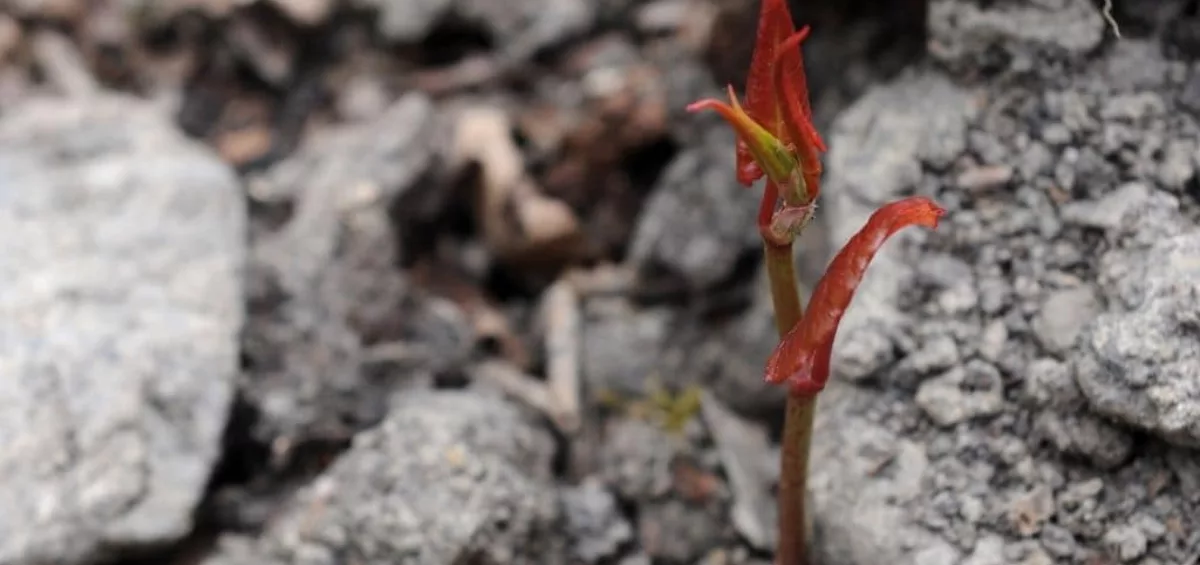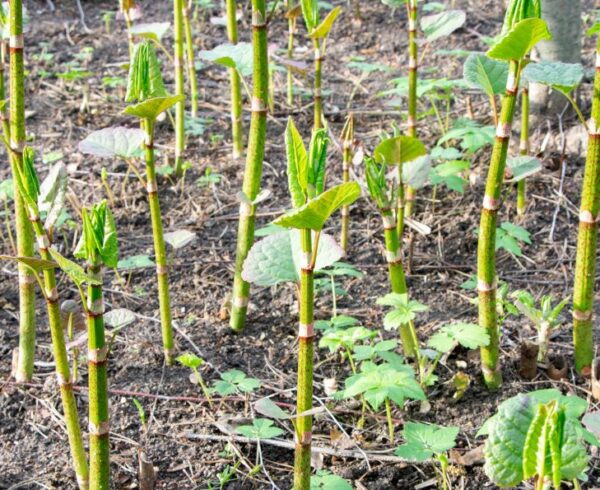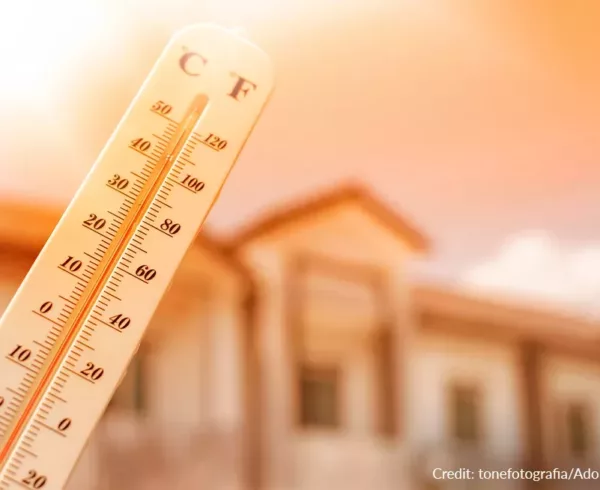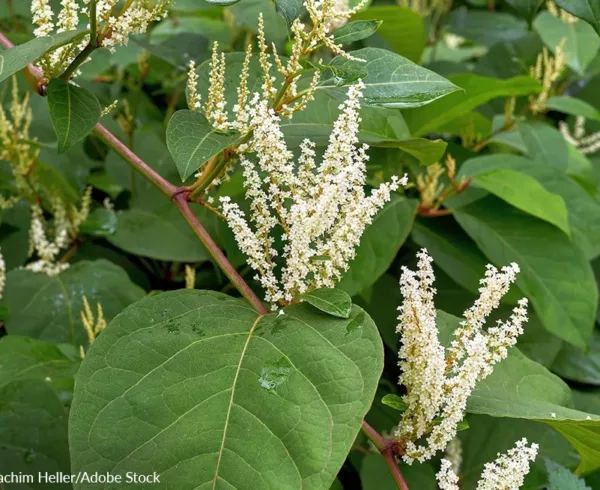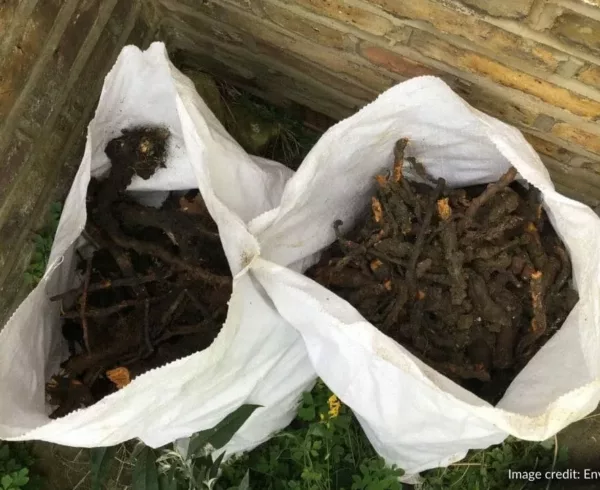The first sign of Japanese knotweed growth is normally expected in Spring, around April/May time, though this year the purple perennial shoots have been sighted far earlier than usual, popping up in Devon in early March – two weeks earlier than in 2021.
The reason for is change is believed to be climate change. A recent study by the University of Cambridge suggests that climate change “is causing plants in the UK to flower a month earlier on average.”
As a result of this, homeowners are advised to be wary of any unknown plants growing on their property. Japanese knotweed grows at an alarming rate of up to 10cm per day at its peak in the summer, and it is essential action is taken to control it as quickly as possible to prevent the weed from spreading.
According to Paul Hampson, a Japanese knotweed expert and CEL Solicitors director:
“The issue with Japanese knotweed is that it grows rapidly and is expensive to treat. While it isn’t illegal to have knotweed on your property, it can quickly damage and devalue your house and you could find yourself the subject of a legal claim if it passes from your land to that of your neighbour.
If Japanese knotweed is present on your property, our teamwork to find the source, and compel the party at fault to pay for the removal.
We have already received several Japanese knotweed claim enquiries this year, with the persistent plant sprouting earlier than usual.”
How to spot Japanese knotweed
The plant changes appearance significantly over the course of the year, with red or purple shoots (not dissimilar in appearance to asparagus) in the Spring. The leaves at this time are usually red, or green with flecks of red, and are often naturally rolled lengthwise from the leaf stem to the tip. Once the leaves start to unroll, they begin to turn green, and by mid-Spring, the formerly red and purple shoots will change to rapidly growing dark green canes, like bamboo.
Read our full guide on how to identify Japanese knotweed.

The biggest concern with the rapid growth of knotweed is that homeowners could quickly find the weed encroaching throughout their property and onto neighbouring land. In the event knotweed spreads, the party responsible for failing to control the pervasive plant could be held liable and forced to pay to have specialists remove the plant from the affected land.
When selling a house the owner must declare whether Japanese knotweed is present on the property. Additionally, when purchasing a property the buyer or their mortgage provider will commission a surveyor to inspect the property and report any sighting of knotweed. If Japanese knotweed is found growing on a property within 5 years of the owner moving in, they may be able to claim against the previous owner for misrepresentation, or against the surveyor for professional negligence.
Once knotweed has taken hold it is incredibly difficult to eradicate and requires specialist intervention to control, reduce and clear. Without removal, the weed will continue to grow, not only spreading throughout a garden, overtaking existing flora, but to other properties where it can potentially cause damage to buildings. Japanese knotweed can devalue a property by 10%.


